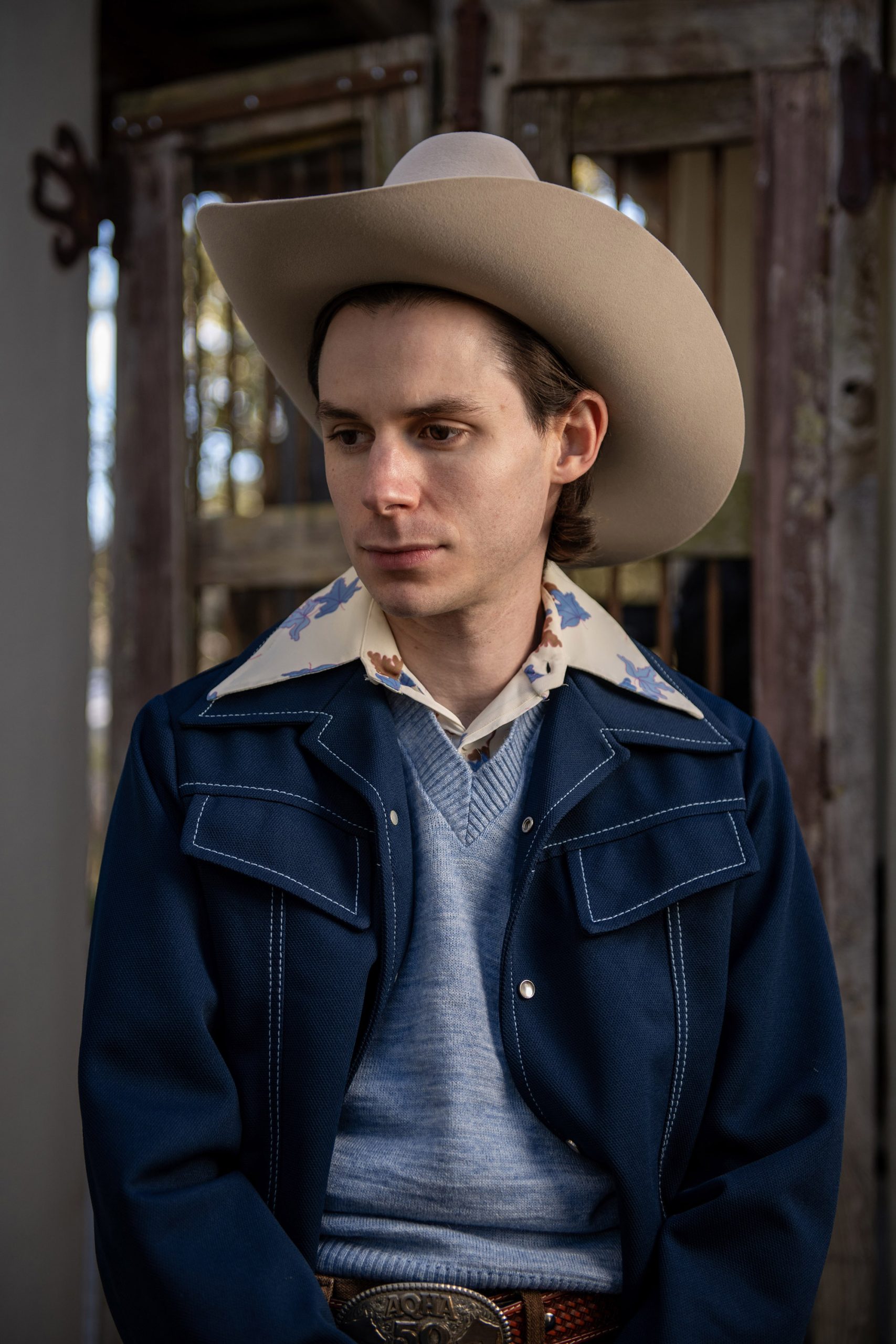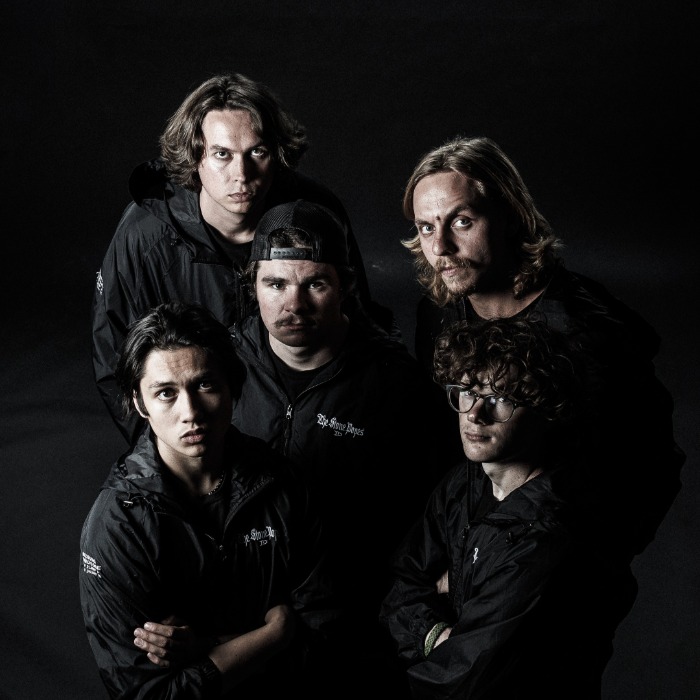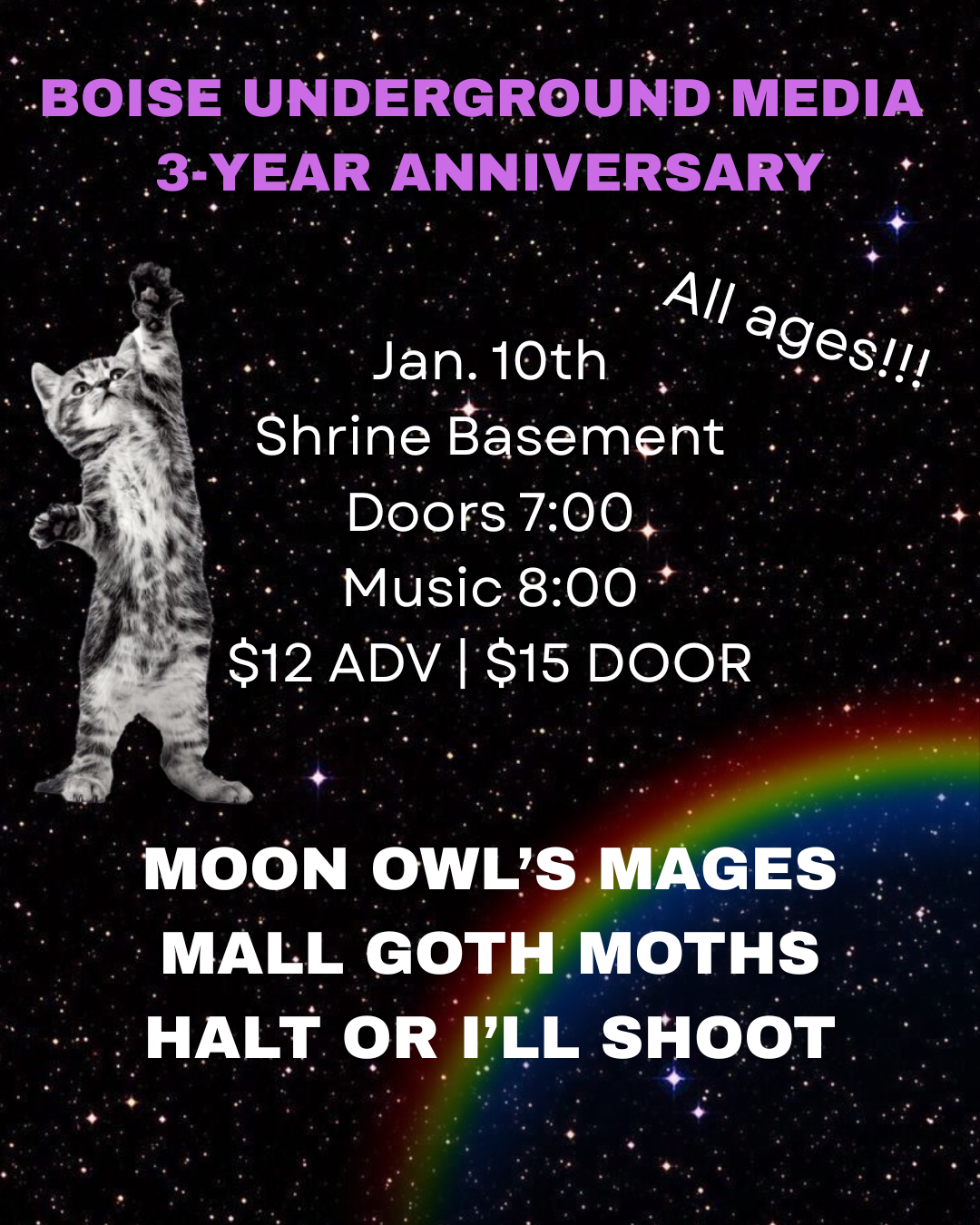
Hayden Pedigo: man, myth, master of disguise; un-picker, finger-picker, absurdist, perfectionist. An innovator of the instrumental genre, challenger of the stereotypical, son of a truck-stop preacher. His new album, 'I’ll Be Waving As You Drive Away' is, Hayden reflects, not a straightforward solo guitar record, but in a sense “a micro-dose psychedelic album." Unafraid to push the parameters of American primitive, the walls of the album’s world are fuzzed-up and glimmering. Pedigo’s trademark, highly skilled guitar compositions, more intricate than ever, are augmented by influences he’s never been able to achieve on previous records, drawing strongly from the uncanny psychedelia of larger-than-life culture in the American South, so often bigger, stranger, more unnerving than fiction. Throughout 'I’ll Be Waving As You Drive Away', moments of genre-defying, unapologetic exuberance are carefully balanced with delicacy and intricacy.
PAST SHOWS
Hayden Pedigo
Jens Kuross
Hayden Pedigo
Jens Kuross
SIMILAR ARTISTS







